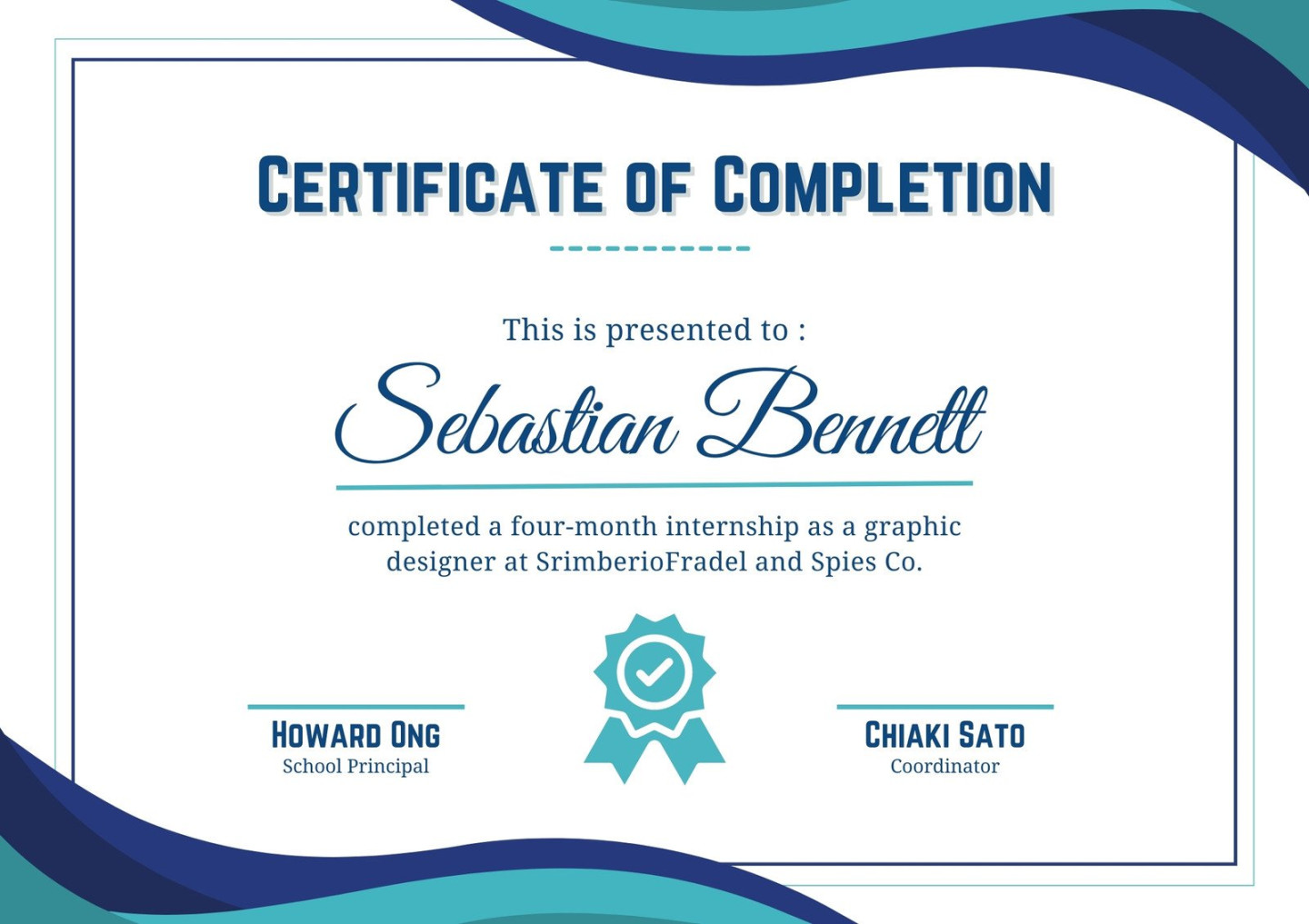A workshop Certificate serves as a tangible representation of an individual’s participation and achievement in a specific training program. It validates their acquired knowledge and skills, enhancing their credibility and professional standing. Crafting a well-designed workshop certificate template is crucial to conveying professionalism and trustworthiness.
Font Selection
The choice of font significantly impacts the overall appearance and readability of a workshop certificate. Opt for fonts that are clean, legible, and exude a professional demeanor. Serif fonts, such as Times New Roman or Garamond, are often preferred for their classic and formal appeal. Sans-serif fonts like Arial or Helvetica can also be used for a more modern and contemporary look. Avoid overly decorative or script fonts that may compromise readability and professionalism.
Color Scheme

The color scheme chosen for a workshop certificate should be carefully considered to evoke the desired mood and branding. Opt for colors that are visually appealing, contrasting well with each other, and align with the overall theme of the workshop or organization. A harmonious color palette can create a visually pleasing and memorable certificate. Consider using a combination of neutral tones like black, white, and gray as a base, and then incorporate accent colors to add interest and vibrancy.
Layout and Composition
The layout and composition of a workshop certificate are essential in ensuring a professional and well-organized presentation. A clear and uncluttered design facilitates easy reading and comprehension. Consider the following elements:
Header: The header should prominently display the name of the workshop, the issuing organization, and the date of completion. Use a larger font size and bold formatting to make this information stand out.
Design Elements
Incorporate design elements that enhance the visual appeal and professionalism of the workshop certificate. Consider the following options:
Border: A subtle border can add a touch of sophistication and define the boundaries of the certificate. Choose a border style that complements the overall design and does not distract from the content.
Paper Quality and Printing
The choice of paper quality and printing method can significantly impact the perceived value and professionalism of the workshop certificate. Opt for a high-quality paper stock, such as heavyweight paper or parchment, to create a durable and premium feel. Consider using a professional printing service that specializes in certificate production to ensure accurate color reproduction and a high-quality finish.
Additional Considerations
Accessibility: Ensure that the workshop certificate is accessible to individuals with disabilities. Use fonts that are easy to read for people with visual impairments, and avoid using images that are not accompanied by descriptive text.
By carefully considering these design elements and best practices, you can create a professional and visually appealing workshop certificate template that effectively validates and recognizes the achievements of workshop participants.